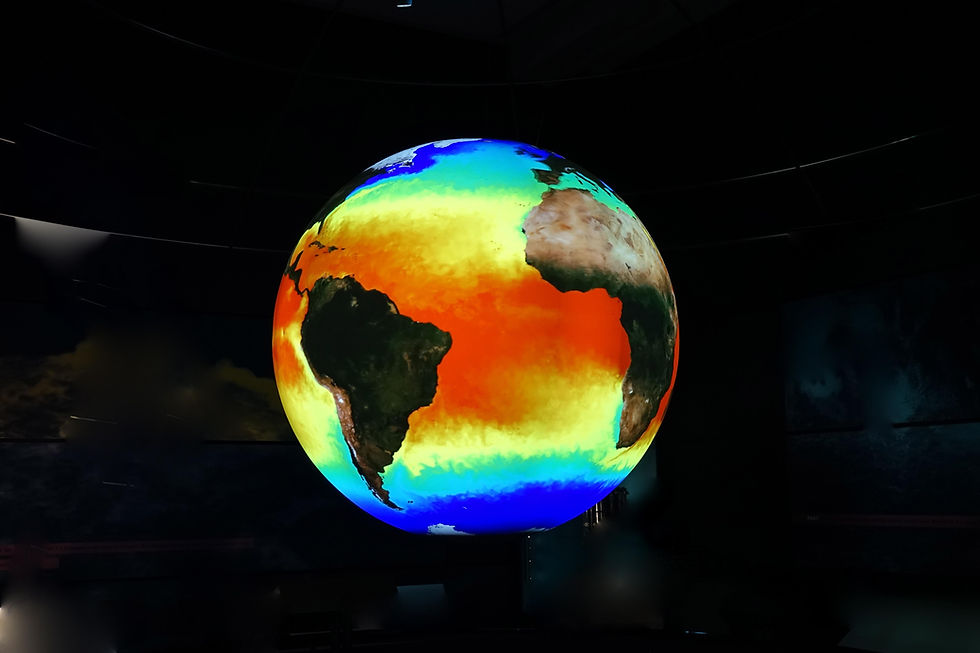Rising Passions, Rising Sea Levels
- John Dolan

- Nov 1, 2019
- 2 min read

Given all the international media noise this year about the ongoing Trump soap-opera in the USA, the endless UK Parliamentary dithering over Brexit, rising Middle East tensions, demon
strations in Hong Kong, and the burning of the Amazon rain forest (among other things), you might have missed the publication put out a few months ago by the United Nations, entitled the 2019 Revision of World Population Prospects.
This is a jolly little tome – actually, given its subject matter and size, neither jolly nor little – which makes for some interesting reading if you can tear yourself away from the cat photos and selfies on Facebook for a while.
In summary, the world’s population is continuing to grow, albeit at a slower pace than at any time since 1950, due primarily to reduced levels of fertility. From an estimated 7.7 billion people worldwide in 2019, the central forecast indicates that the global population will grow to around 8.5 billion in 2030, 9.7 billion in 2050, and 10.9 billion in 2100. To give everyone some context here, when I was born in 1958, the world population stood at 2.9 billion; so, it has increased over two-and-a-half times since then. (Yes, math lovers, I’m sixty-one, though I would point out that I am every bit as gorgeous as I was when I was sixty.)
More than half of the projected increase in the global population up to 2050 will be concentrated in just nine countries: the DRC, Egypt, Ethiopia, India, Indonesia, Nigeria, Pakistan, the United Republic of Tanzania, and the United States of America. Disparate population growth rates among the world’s largest countries will re-order their ranking by size: for example, India is projected to surpass China as the world’s most populous country around 2027. Some of the more developed countries will see net population decreases over the period 2019-50: this includes Japan (-17%), Italy (-12%), South Korea (-10%), and Spain (-8%).
Now, given that the ultimate cause of global warming (assuming you accept such a phenomenon exists) is increasing human activity and numbers, this is bad news for the planet. And, given the alarming rate of species extinction (which is happening whether you accept it or not), terrible news for everything else that lives on Earth.
The message is clear: if you love polar bears, stop having sex. Or, if you absolutely must have sex, take precautions***.
This has been a public service message funded by the Worldwide Association of Condom Manufacturers. No animals were harmed during the writing of this article (except for a few pesky mosquitoes).
*** Mike Berners-Lee’s enjoyable and informative book How Bad Are Bananas? points out that the most environmentally-unfriendly thing you can do is have a child: each of your offspring is likely to produce around 373,000 tonnes of CO2 during their lifetime. That’s a lot for four minutes of fun, right? (Or less than four minutes, depending on your stamina.)





Comments